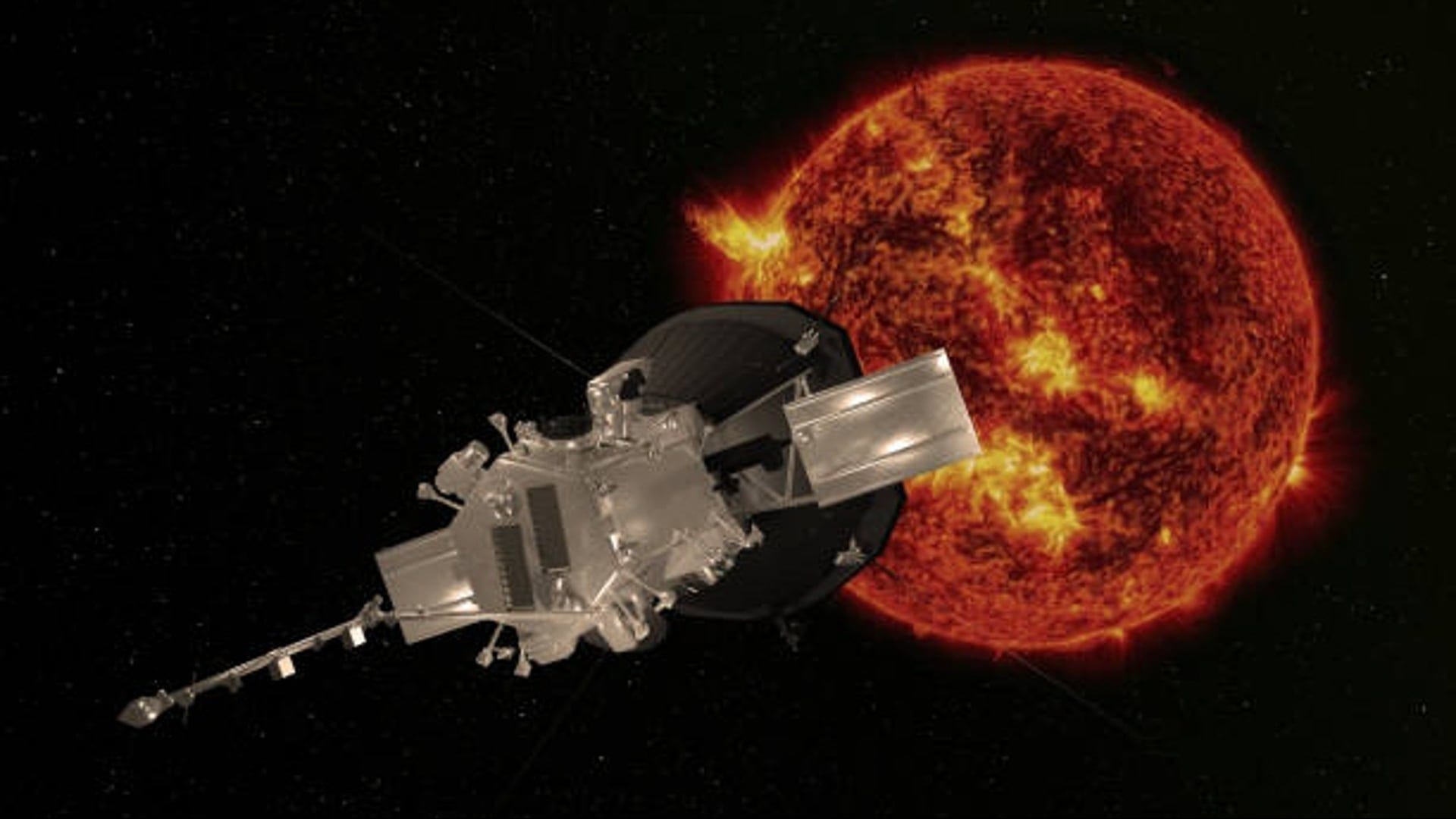Sun releases strong solar flares, causing communications blackouts: What to know

In the span of two days last week, the sun released two strong solar flares — meaning the solar system experienced its most powerful explosions which can cause some communications blackouts on Earth, according to NASA.
On May 13 and 14, NASA reported two separate solar flares that were ranked in the X-class, which marks the most intense flares, according to the agency.
The flare on May 13 was classified as an X1.2 flare, while the following day's event was listed as an X2.7 flare — the number provides more information about the event's strength, according to NASA.
The events are significant because they can impact radio communications, electric power grids, navigation signals and pose risks to spacecraft and astronauts, according to NASA. Europe, Asia and the Middle East experienced radio blackouts during the May 14 event, according to Space.com.
In the coming days, however, there is a lower chance for solar flares, a spokesperson for the National Oceanic and Atmospheric Administration told Paste BN.
The sun is currently in the maximum phase of its 11-year solar cycle, meaning the sun's magnetic poles have flipped and it has transitioned to being in an active and stormy state, according to NASA.
Why are the latest solar flares significant?
According to the NOAA’s Space Weather Prediction Center, the May 14 solar flare was particularly significant because of the level of intensity.
"Flares of this magnitude are not frequent," NOAA wrote about the event.
The strong flares also coincide with the sun's solar maximum this year, which is a period when scientists generally expect more solar storms, according to NASA.
What is a solar flare?
A solar flare is a burst of radiation on the sun, according to NASA. They are the most powerful explosions in the solar system, with the biggest ones having as much energy as a billion hydrogen bombs.
When strong solar flares occur, they can cause radio communication blackouts, according to NOAA.
NOAA measures solar flares based on several factors, including the level of x-ray flares and radio blackouts possible. Solar flares measured around X1 — like the May 13 and 14 events — indicate strong flare intensity. An X10 flare is described as as a severe event, according to NOAA.
The most powerful flare ever measured was in 2003, which was recorded as an X28, according to NASA.
How do solar flares impact Earth?
The harmful radiation emitted on the sun during a solar flare doesn't reach Earth, according to NASA.
However, solar flares can cause disruptions to high frequency radio waves.
These radio waves refract off a region of the Earth's upper atmosphere known as the ionosphere. When a strong solar flare occurs, the radio waves in the ionosphere may be degraded, causing a blackout in communication, according to NOAA.
Electric power grids and navigation signals can also be affected, and spacecrafts and astronauts may face risks, according to NASA.
Will there be more solar flares this week?
Despite the two solar flares last week, the chances for another event in the coming days are low, Shawn Dahl, NOAA's SWPC Service Coordinator, told Paste BN.
For the week of May 19, Dahl said there is about a 35% chance for a minor to moderate event, and even lower for a strong event.
"The risk for (high frequency) radio degradation through the rest of the week is low," Dahl said.
Melina Khan is a national trending reporter for Paste BN. She can be reached at melina.khan@usatoday.com.